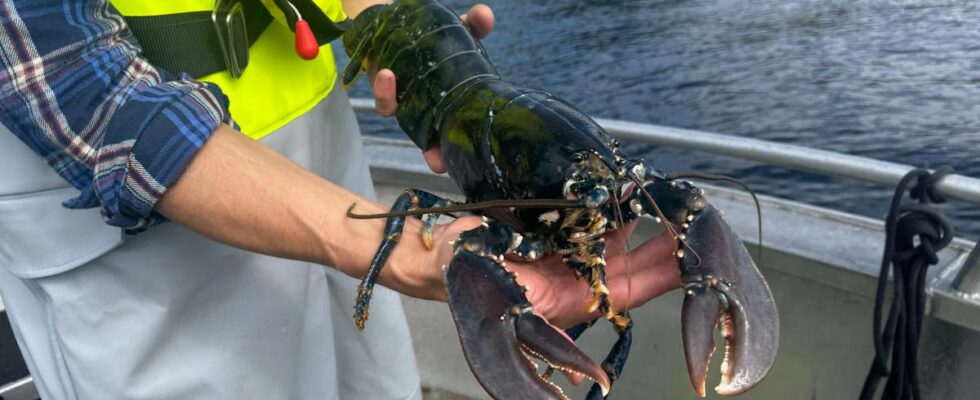– The first conservation areas came as early as 2006. We see that there are more and bigger lobsters with each passing year, says researcher Alf Ring Kleiven at the Institute of Marine Research. He believes that protecting lobsters is the only way to increase the population again. Kleiven says that lobsters per kilogram of fish have increased by over 500 per cent compared to the areas outside the protected areas. Researcher Alf Ring Kleiven at the Institute of Marine Research believes that conservation of lobsters is the only way to go. Photo: Erlend Astad Lorentzen / Erlend A. Lorentzen – This means that the growth potential of the lobster is very large, and that conservation areas help to safeguard the lobster population in certain areas along the coast. Need for more conservation areas Today there are over 60 conservation areas for lobsters around the country. Nevertheless, Kleiven believes that there is still a need for more. – In order to have a good effect on the stock in general, there will be a need for more conservation areas along the coast. More than 60 conservation areas will boost the lobster population. Photo: Fredrik Laland Ekeli The Directorate of Fisheries also encourages coastal municipalities that have lobsters in their sea areas to establish at least one conservation area. Closely monitors the Conservation Areas at Sparholmene in Kvitsøy, which calls itself “lobster municipality number one”, collaborates with the Marine Research Institute where they carry out an experimental fishery every year. It gives an overview of how the area is developing. The collaboration shows that the lobster returns when it is not fished for. In Stavanger, too, it is closely monitored. – We were in Stavanger last year, just before lobster fishing started and before the conservation area was established. We then carried out a collection of pre-data, before the measures were launched. We fished with lobster stones both in the future conservation area in Stavanger, and in a control area. The purpose was to compare with an area that is open to fishing. The plan is to return in September 2025, to see how the development is two years later. Lobster fishing is underway, but the population has seen a drastic decline of as much as 90 per cent in the last 100 years. Photo: Oslo police district New conservation area at Utsira At Utsira the lobster population is plummeting. Together with the municipality, Utsira’s commercial fishermen have contacted the Directorate of Fisheries with a proposal to set up three conservation areas. Mayor Marte Eide Klovning in Utsira hopes the municipality will start conservation of lobsters next year. Photo: Torkel Anstensrud Schibevaag In Utsira, they want to get started with conservation already this season, but mayor Marte Eide Klovning is afraid the processing time will take too long. The mayor says that the fishermen themselves contacted the municipality, when they saw the results of conservation in other places. – They want lobster fishing to last for future generations as well. That not everything should be fished out. So I think it is a very good initiative. – A solvable problem Kleiven is optimistic on behalf of the lobster, as long as the right measures are taken. – The lobster population is a solvable problem because it is fishing that is the main challenge. When you close an area to fishing, we see good regrowth. He believes that it is easier to do something about fishing than it would have been to do something about, for example, ocean pollution and climate change. Published 02.10.2024, at 12.19
ttn-69
Success with conservation of lobsters – thinks there is a need for more conservation areas – news Rogaland – Local news, TV and radio

